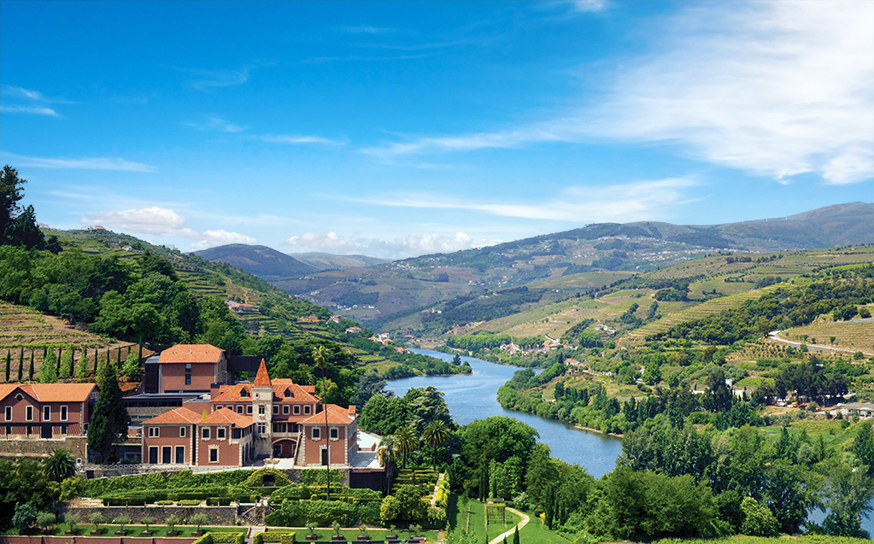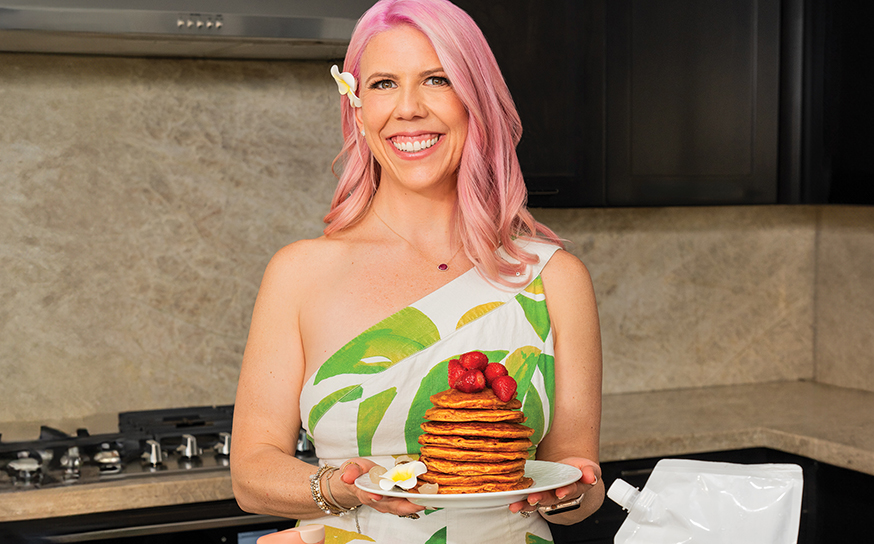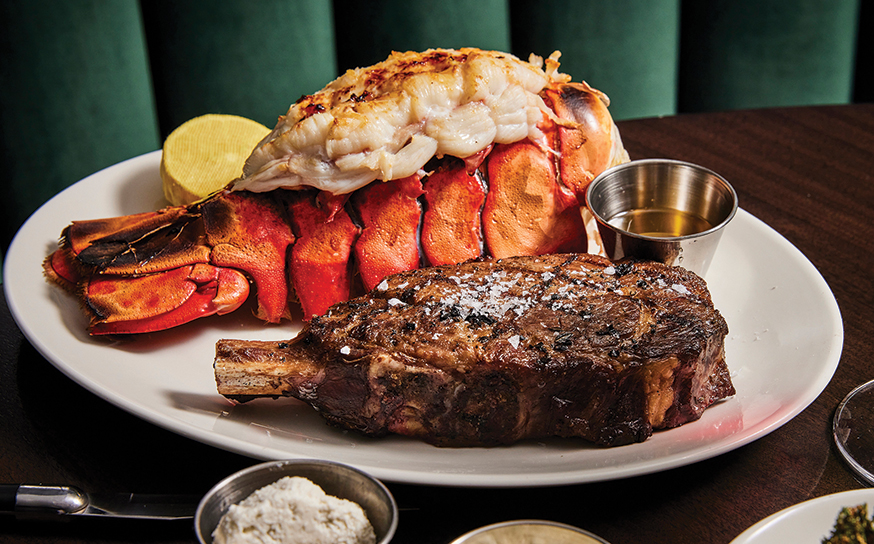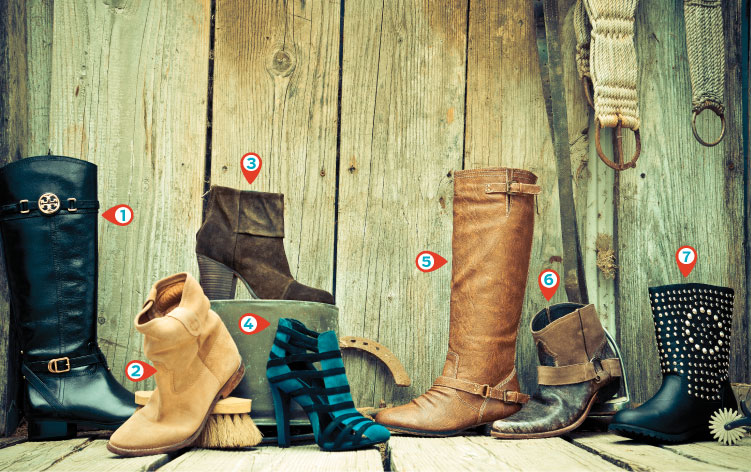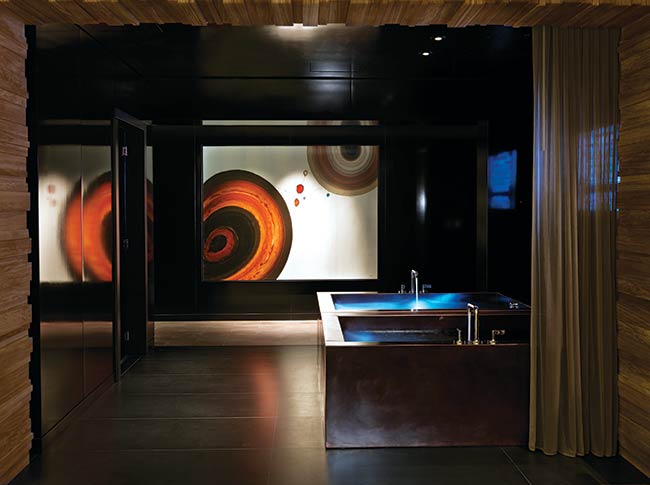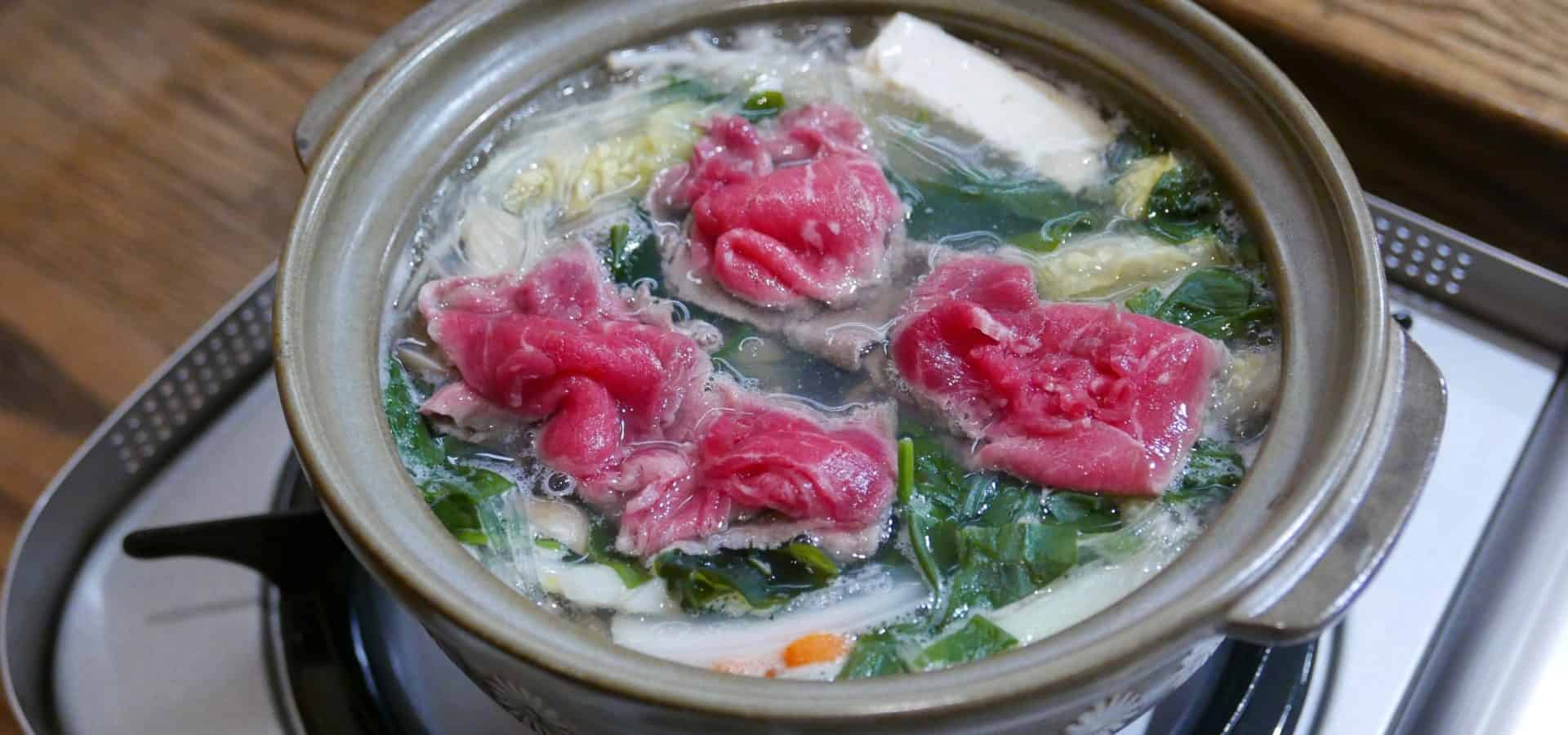
Katsu-Ya Group Delivers Reasonable Luxury at Washoku of L.A.
Katsu-Ya Group transformed a more casual Studio City restaurant into Washoku of L.A., a higher end Japanese culinary experience.
-
CategoryEat & Drink
-
Written byJoshua Lurie
Katsu-Ya Group has been a reliable hitmaker ever since chef Katsuya Uechi debuted his first Japanese restaurant in Studio City back in 1997. Since then, he’s blanketed Los Angeles with popular sushi bars and izakayas—some in partnership with SBE Entertainment Group. Considering how well Katsu-Ya has performed, it was surprising when they couldn’t make more casual Maru Katsu Ramen work in Studio City. They rebranded the concept as Quick by Katsu-Ya, and that didn’t take either.
Prospects bode better for Washoku of L.A., a higher end concept that specializes in a distinctly Japanese style of tasting experience called kaiseki. This type of restaurant is hard to come by in L.A. and often costs $200 per person or more. Considering the quality of food and attentive service that Washoku of L.A. delivers for a much lower cost, locals are lucky.
“Service is more zen-like, at a slower pace, and the food is supposed to wow diners,” my server said of Washoku. A chef named Shinji elaborated on the company’s switch away from casual, saying, “We felt that it didn’t fit this location.”
Washoku of L.A.’s menu features sushi, sashimi and tempura. Better yet, combine all of the above and more in Omakase Kaiseki, which ranges from $28 for a streamlined selection to $98 for “chef’s surprise.” The $48 menu is a great compromise, spanning a range of cooking styles and including the restaurant’s signature shabu shabu.
Chef choices change seasonally, but my meal was representative of what you’ll experience. “We are all the chef,” says Shinji, who works in unison with Chef Ken and Chef Sho to ensure that if one of them is absent, the kitchen still hums.
The setting is fairly basic, with wood walls, white-clothed tables and six chairs at a counter overlooking an open kitchen. Katsu-Ya Group clearly places more focus on the food than decor.
My meal started with three appetizers, called zensai in Japanese. The triptych included crunchy mizuna stems marinated in dashi; three different cuts of seasonal fugu (blowfish) skin of varying meatiness and firmness tossed with tangy cucumber sunomono; and earthy deep-fried, panko-crusted purple yam speared with edible fried soba skewers, served with sticky tonkatsu sauce and a tiny blue origami crane.
A moderately interesting mixed green salad transitioned to tensui, a soup with a clear dashi broth bobbing with a kakiage (fritter) of chopped scallop, dried shrimp and mitsuba (a variety of wild Japanese parsley) that’s sprinkled with spicy ichimi (chile powder).
The chefs really proved their mettle with an impressive sashimi course. Delicate, thin-shaved fugu joined crunchy myoga (young ginger) and bursting finger lime. Tangy ponzu sauce complemented firm slices of mirugai (geoduck clam) that arrived on a decorative shell. Fresh-grated wasabi and house soy sauce accompanied silky toro (fatty tuna) and shima-aji (striped jack) .
A tempura course teamed delicately fried shrimp, eggplant, green bean and yellow bell pepper with ponzu-like tempura sauce, yuzu salt and lemon.
Beef shabu shabu is the main course, starring vivid thin-shaved Wagyu ribeye that takes a short dip in a tabletop donabe (ceramic pot) filled with bubbling water seasoned with konbu (dried kelp). The broth also hosts seasonal accompaniments that might include a large leek-like scallion called Tokyo negi, shiitake, homeji and enoki mushrooms, soft tofu, crunchy Napa cabbage, spinach, rice noodles, wakame (seaweed) and a carrot “flower.” Swish the beef and accompaniments in the broth and dip in a creamier, sweeter sesame sauce or a lighter ponzu sauce. Shabu shabu remains contribute to a savory finale that comes later.
In the meantime, diners can enjoy four or five pieces of sushi. During my visit, that meant bluefin tuna marinated for two hours in house soy sauce made just for this location. I also enjoyed sea bream with shiso, lemon and yuzu zest.
Kanpachi headlined my favorite bite of sushi. A chef brushed firm scored amberjack with soy sauce and topped with a dab of piquant yuzu kosho. Scored kohada, silver-skinned black gizzard shad cured with vinegar and brushed with soy sauce, was also a hit—delivering wonderfully pungent flavor. Sushi concluded with a hand roll starring rich toro, white rice, crunchy pickled takuan (daikon radish) and a dab of wasabi in a crisp nori wrapper that’s built to dip in soy sauce.
Back to shabu shabu. Before sushi arrives, servers offer a choice of either a basic bowl of rice or—better yet—to take the shabu shabu remains to the kitchen to cook as porridge-like risotto with egg, rice, soy sauce and mirin. This hearty finish was great on a cool night, especially mixed with punchy ponzu and ichimi.
For dessert, ginger ice cream arrived in a compact-shaped rice cracker. My server said, “Eat it like an ice cream sandwich.” The plate also featured fruit, mint, whipped cream and a pink origami crane.
Considering the parade of food, make sure to loosen a belt loop or two before entering Washoku of L.A.—a standout Japanese restaurant at a relative bargain.
Washoku of L.A., 11928 Ventura Blvd., Studio City, 747-203-1192
When it Comes to World-Class Spas, Nothing Beats Six Senses Douro Valley in Portugal
Plus, you’re in wine country!
The Sweet Spot
With the rock-solid support of her family, Sari Megan Kern has flipped for the pancake business.





